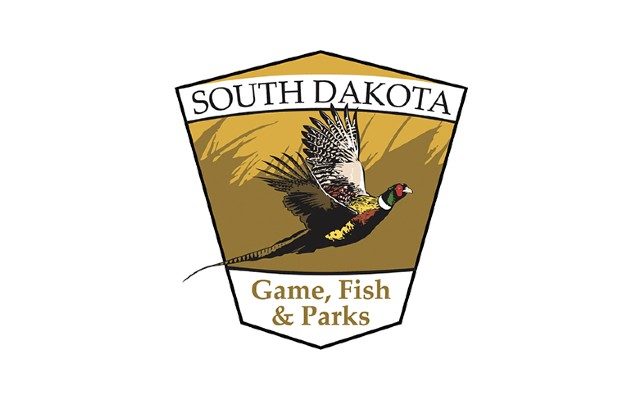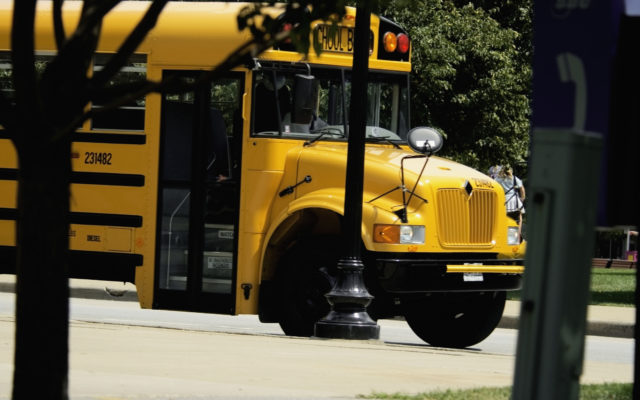Public access programs enroll a record amount of private land

January 18, 2023
Joshua Haiar
PIERRE — A record 1.48 million acres of private land are enrolled in public access programs around the state, according to the state’s Game, Fish and Parks secretary.
“We’ve never had that number that high before and it’s a compliment to the efforts from our teams up there working with producers, building relationships,” said Kevin Robling.
South Dakota Searchlight (southdakotasearchlight.com) says Robling briefed the state House Agriculture and Natural Resources Committee on Tuesday at the state Capitol.
The number may soon rise by up to 25,000 acres, Robling said, thanks to an expansion of the Conservation Reserve Enhancement Program (CREP).
Administered by the U.S. Department of Agriculture and GF&P, CREP pays landowners for habitat conservation through multi-year contracts. Landowners get money, while the public gets cleaner water and more wildlife habitat. Protected lands also store carbon, helping to rein in climate change. The GF&P expanded the CREP program into the Big Sioux Watershed in November.
The largest public access program for private land is the Walk-In Area program, Robling said, which accounts for about 1.3 million acres. The program pays landowners to open up some of their property to foot-traffic-only public hunting.
$1.7 billion was spent in 2022 on outdoor recreation in South Dakota. $312 million came from state park visitors and $1.4 billion came from hunters and anglers, Robling said.
“That’s a big number,” Robling said to the committee. “We obviously have really great outdoor opportunities here in South Dakota.”
Fish hatchery research
Robling also spoke about new technology being used to produce the fish that are stocked in waters around the state. The research, being conducted with South Dakota State University, is making fish mature faster than traditional techniques, according to Robling.
“The recirculating system there is growing 8-inch bluegill, 8-inch bass, 12-inch walleye in one year,” Robling said. “That typically would take three, almost four years to grow to that size.”
Zebra mussels
Additionally, the department’s “clean, drain and dry” effort to limit the spread of zebra mussels is proving effective, according to Robling.
Zebra mussels are tiny, invasive mollusks. When they invade a reservoir, they can clog dams and pipes, and limit the success of sport fish like walleye.
Robling said a department survey indicates 96% of boaters are complying with the department decree to “clean, drain and dry” watercraft.
Pheasants and bird flu
Rep. Marty Overweg, R-New Holland, asked how the department is protecting the wild, natural pheasant population from avian influenza. Overweg expressed concern about wild pheasants potentially contracting the disease from pen-raised pheasants.
“With all these released birds coming into the state, are we protecting our natural birds?” Overweg asked.
Robling said the department is not overly concerned.
“One thing with [pen-raised] pheasants is that they do not congregate like domestic turkeys or domestic chickens,” Robling said.




